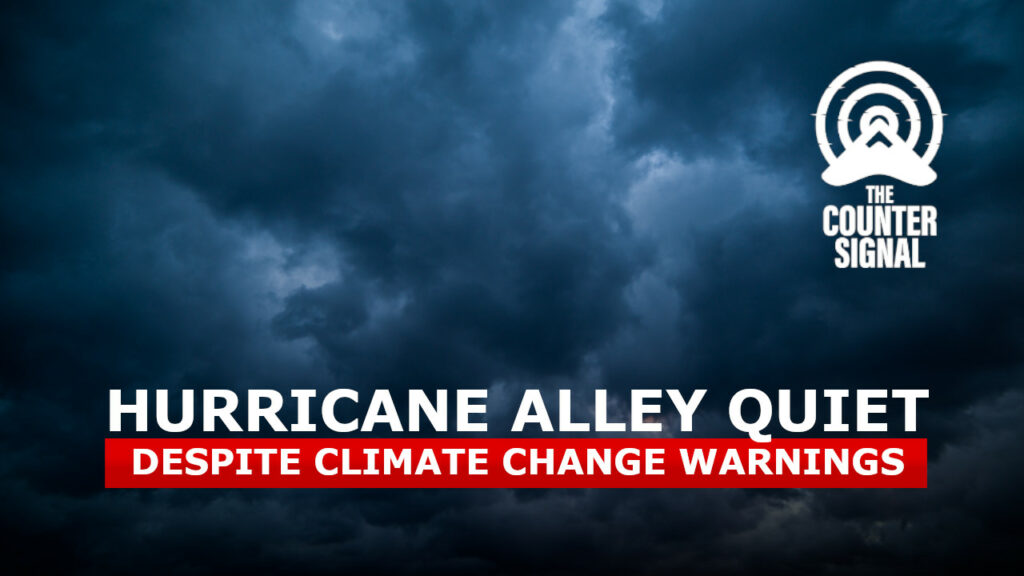Despite climate change predictions, the Atlantic crucible of hurricanes is having its quietest year of the last quarter century.

The national oceanic and atmospheric administration (NOAA) predicted that above-average Atlantic temperatures would contribute to a hectic hurricane season in 2022.
The NOAA said the increased activity anticipated this hurricane season is because of several climate factors. This includes the “ongoing La Niña that is likely to persist throughout the hurricane season, warmer-than-average sea surface temperatures in the Atlantic Ocean and Caribbean Sea, weaker tropical Atlantic trade winds and an enhanced west African monsoon.”
“An enhanced west African monsoon supports stronger African Easterly Waves, which seed many of the strongest and longest lived hurricanes during most seasons. The way in which climate change impacts the strength and frequency of tropical cyclones is a continuous area of study for NOAA scientists.”
According to Bloomberg, “The Atlantic crucible of hurricanes hasn’t had a storm all month and if the calm holds it will stand as the quietest August in 25 years.”
The reduction in hurricanes throughout the year is not necessarily an indicator of how much turbulence the last quarter of 2022 will bring us.
The Pacific Ocean is colder than the Atlantic Ocean — supposedly due to the Little Ice Age, which occurred from 1300-1850 — and colder Pacific Ocean waters can increase the risk of hurricanes forming. Cooler ocean waters provide less wind shear to the Atlantic Ocean, and more hurricanes can be generated.
The study indicates that the Little Ice Age could have been what cooled the Pacific Ocean. It’s worth noting that the Pacific Ocean has remained cool despite climate elevation concerns.
The NOAA still expects an above-normal Atlantic hurricane season. The Atlantic did have a hurricane on September 2nd. However, the hurricane season is currently still smoother than anticipated.











